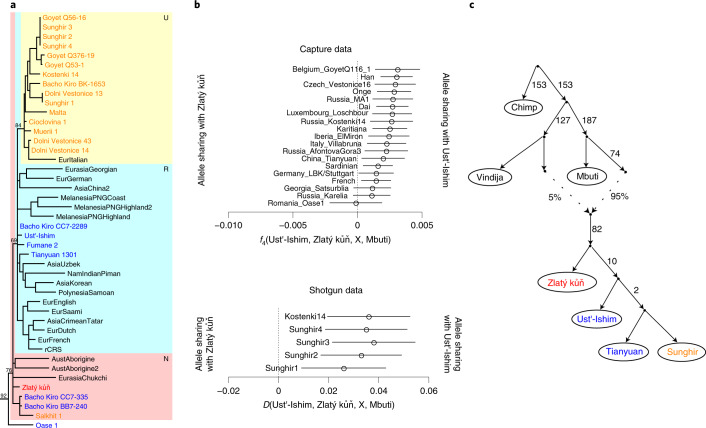Fig. 2. Genetic relationship with present-day and ancient humans.
a, mtDNA haplogroup N of a maximum-parsimony phylogenetic tree of mtDNA from Zlatý kůň (red font), Upper Palaeolithic individuals ~40 ka or older (blue) or between ~37 and ~24 ka (orange), and present-day individuals (black) (the entire tree is presented in Extended Data Fig. 3). b, Analysis of nuclear sequences showing that Ust’-Ishim shares more alleles with European and Asian hunter-gatherers and later Eurasians than does Zlatý kůň. The error bars represent two standard errors. c, Admixture graph of the relationship inferred from the nuclear capture dataset. Zlatý kůň diverges earlier than Ust’-Ishim and the ancestors of later Eurasian populations represented here by the Upper Palaeolithic Tianyuan and Sunghir genomes (highest outlier |Z| = 3). A single gene flow event from Neanderthals into the ancestor of all tested modern humans fits the data. Colours for individuals follow the same scheme as in panel a.

